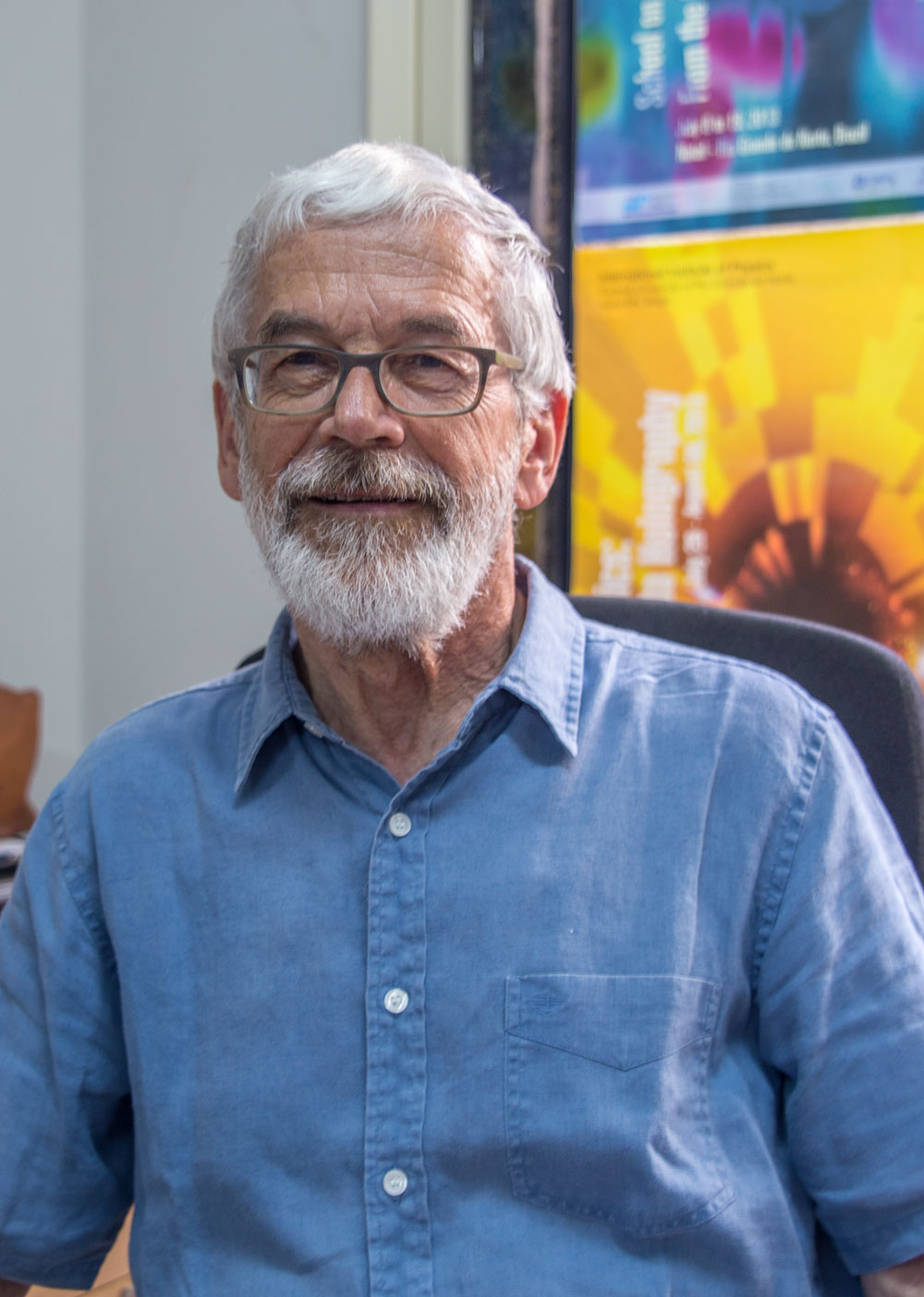Superconductivity in the two-dimensional Hubbard model
The Hubbard model has been widely advocated in the context of phenomena showing up in systems of strongly correlated electrons. Important examples are ferromagnetism, antiferromagnetism and the Mott metal-insulator transition. The Hubbard model on a square lattice has been particularly well studied since 1987, when Anderson postulated that it embodies the essentials of cuprate superconductors, by reproducing both the insulating antiferromagnetic phase of the parent compounds and the superconducting phase observed upon doping. For large values of the interaction parameter U there is indeed a general consensus that superconductivity, preferentially with d-wave symmetry, exists for a density close to one particle per site. However, for small values of U conflicting results have been reported. While renormalization group methods quite generally find evidence for pairing, numerical simulations do not. To resolve this discrepancy, I have studied a variational wave function, which is particularly well suited for the small U regime [1]. The variational ansatz, a refined Gutzwiller wave function, is expanded in the “correlation parameter”. Luckily the low order contributions involve only simple lattice and momentum sums, which allows the treatment of very large lattices (millions of sites, in contrast to numerical schemes which are limited to a few hundred sites). A finite superconducting order parameter is found for any density n close to 1 (but not for n=1) in the region of U values for which the method can be applied (U not much larger than the hopping amplitude t). This resolves the discrepancy between renormalization group calculations and numerical simulations. The failure of the latter to produce superconductivity for small U is attributed to strong finite-size effects.
[1] D. Baeriswyl, arXiv:1809.04916.









